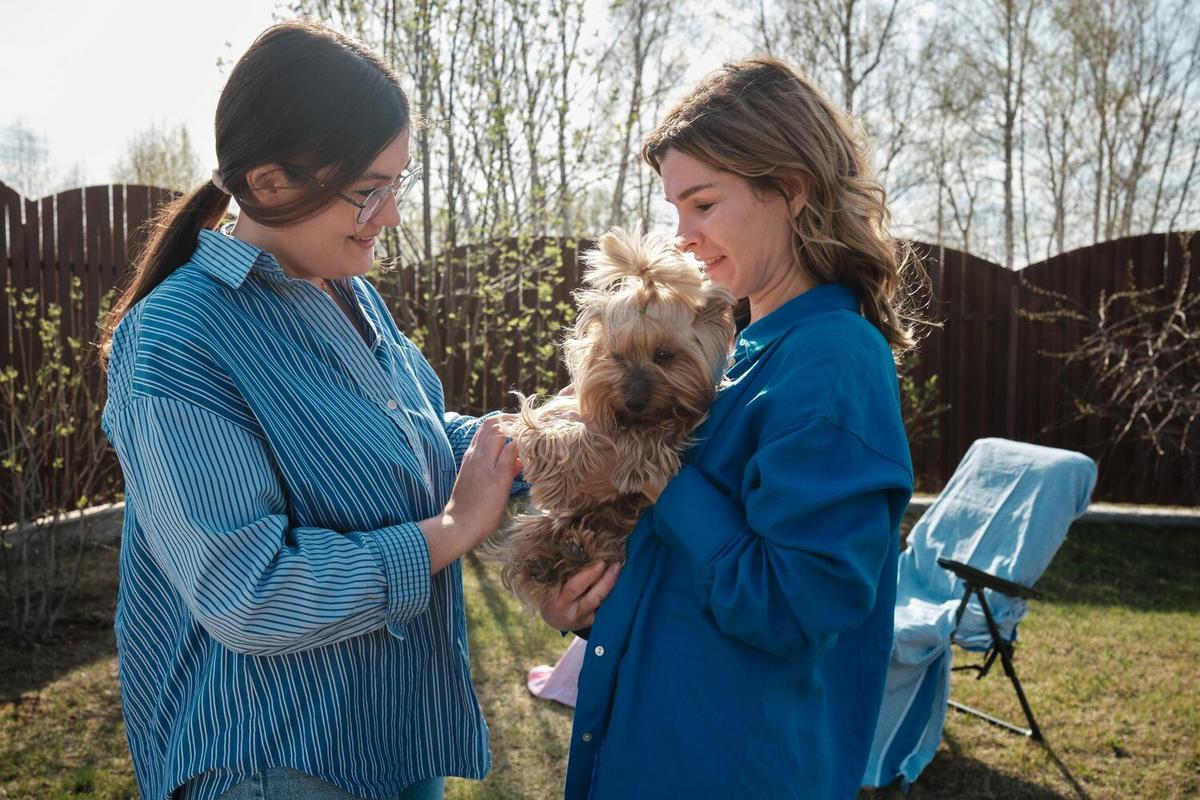
Top 10 Natural Supplements to Boost Your Pet’s Health
Caring for our pets goes beyond providing food and shelter; their health and well-being require attention to detail and a holistic approach. Natural supplements are gaining popularity among pet owners who seek to enhance their furry friends’ health with gentle, effective options.
Exploring Natural Supplements for Pets
As pet owners become more aware of the benefits of natural supplements, they are turning to these products to boost their pets’ overall health. Let’s delve into some highly regarded supplements that can make a noticeable difference in your pet’s well-being.
1. Omega-3 Fatty Acids
Omega-3 fatty acids are known for their anti-inflammatory properties, which can benefit pets with arthritis or skin issues. According to Dr. Lisa Freeman, a veterinary nutritionist, “Incorporating omega-3s in a pet’s diet can support heart health and reduce joint discomfort.” Consider fish oil supplements as a source of these beneficial fatty acids.
2. Probiotics
Probiotics are live bacteria that support a healthy gut microbiome. A balanced gut can improve digestion and boost the immune system. Research shows that pets receiving probiotics may experience fewer digestive issues and better nutrient absorption.
3. Glucosamine and Chondroitin
These compounds are often used to support joint health in pets. They can help maintain cartilage structure and reduce joint pain, especially in aging pets. Many veterinarians recommend these supplements for pets with arthritis.
4. Turmeric
Turmeric contains curcumin, which has powerful anti-inflammatory and antioxidant properties. It can help reduce inflammation and improve mobility in pets suffering from joint pain. Adding turmeric to your pet’s diet can be an excellent way to naturally reduce discomfort.
5. Milk Thistle
Milk thistle is renowned for its liver-supporting properties. It contains silymarin, which can protect and repair liver cells. Pets with liver issues may benefit from milk thistle as it aids in detoxification and improves liver function.
6. CBD Oil
CBD oil has gained attention for its potential to promote relaxation and reduce anxiety in pets. It can also support joint health and reduce pain. Always consult with a veterinarian before introducing CBD to your pet’s routine.
7. Spirulina
This blue-green algae is a nutrient powerhouse, offering vitamins, minerals, and antioxidants. Spirulina can enhance immune function and detoxify the body. It’s a popular supplement for pets needing an energy boost.
8. Cranberry Extract
Known for supporting urinary tract health, cranberry extract can prevent bacterial adhesion to the bladder walls. It’s particularly beneficial for pets prone to urinary tract infections.
9. Pumpkin
Pumpkin is rich in fiber and can aid in digestive health. It helps regulate bowel movements and can alleviate both constipation and diarrhea in pets.
10. Green-Lipped Mussel
This supplement is rich in omega-3s and glycosaminoglycans, essential for joint health. It’s often included in diets for pets with arthritis or joint pain.
| Supplement | Benefits |
|---|---|
| Omega-3 Fatty Acids | Anti-inflammatory, heart health |
| Probiotics | Gut health, immune support |
| Glucosamine and Chondroitin | Joint health |
| Turmeric | Anti-inflammatory, antioxidant |
| Milk Thistle | Liver support |
| CBD Oil | Anxiety reduction, joint health |
| Spirulina | Immune boost, detoxification |
| Cranberry Extract | Urinary tract health |
Frequently Asked Questions
Are natural supplements safe for all pets?
While many natural supplements are safe, it’s crucial to consult a veterinarian before use, especially if your pet has existing health conditions.
How do I choose the right supplement for my pet?
Consider your pet’s specific health needs and consult with your veterinarian for personalized recommendations.
Can I give my pet human supplements?
It’s not advisable to give pets human supplements without veterinary guidance, as dosages and ingredients may not be suitable for animals.
Incorporating natural supplements into your pet’s diet can significantly enhance their health and quality of life. By carefully selecting the right supplements and consulting with a veterinarian, you can provide your furry friend with the support they need to thrive.


